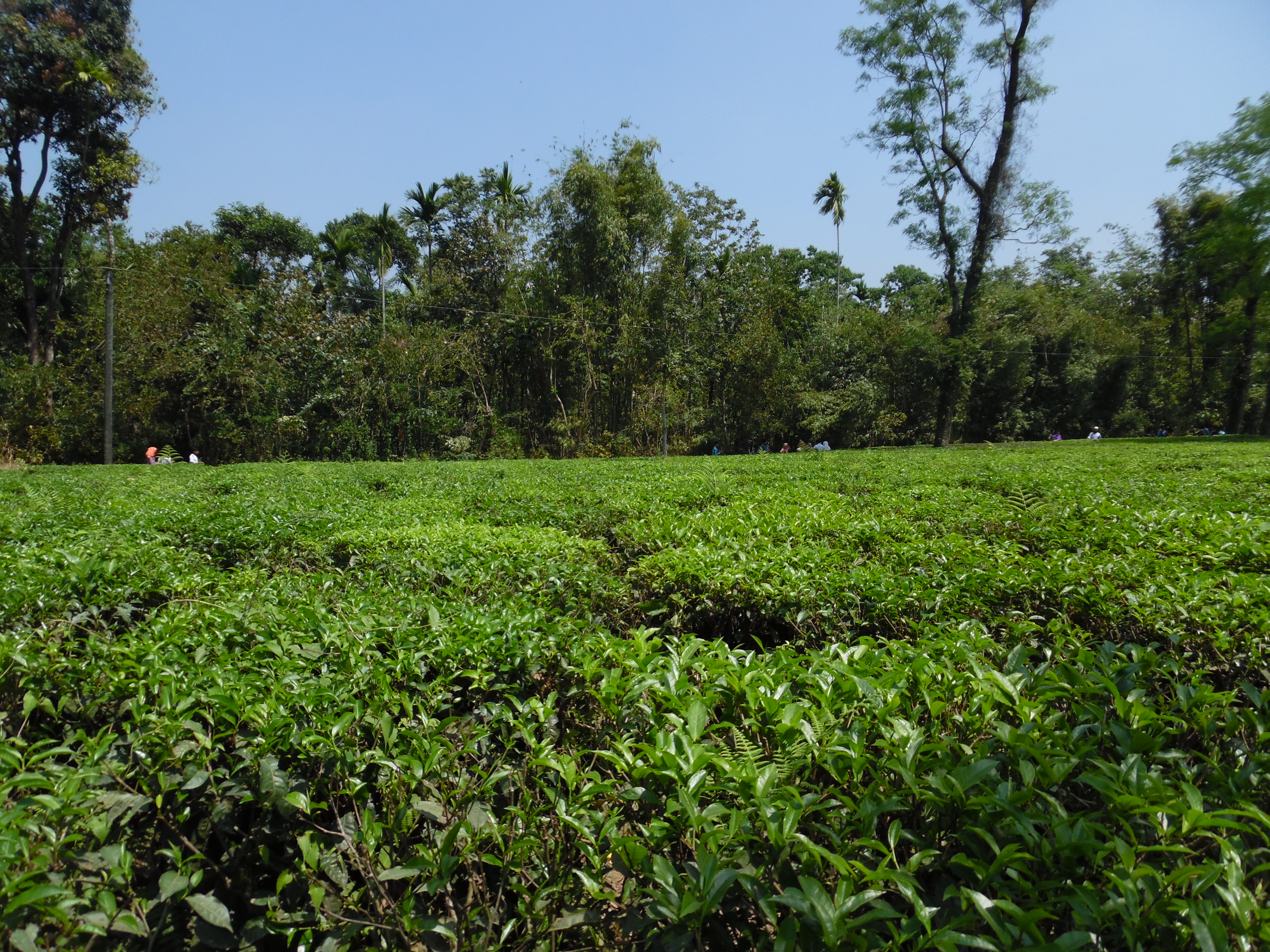|
Sujata Chaudhuri
Sujata Chaudhuri (born 23 March 1901 - ?) was an Indian professor of medicine and first physician at Lady Hardinge Medical College, New Delhi, India. On 1 December 1966, she was appointed emeritus scientist. Early life and education Sujata Chaudhuri was born on 23 March 1901 in Sylhet in 1901 to Hamanta Kumari Chaudhuri (née Roy) and Raj Chandra Chaudhuri. Her father was a magistrate. She studied at a convent school in Lahore and then undertook her medical studies at Lady Hardinge Medical College in New Delhi. Career After qualification, Chaudhuri worked as a house physician at the Lady Dufferin Hospital in Karachi, Sindh. She then moved to work as assistant to the professor of medicine and as a clinical assistant at the Lady Hardinge Medical College Hospital between 1929 and 1936. From 1936 to 1950 she worked for the Women’s Medical Service of India, whilst also working as a lecturer in medicine and pharmacology at the Women’s Medical School in Agra in 1936 and 1937. ... [...More Info...] [...Related Items...] OR: [Wikipedia] [Google] [Baidu] |
Sylhet
Sylhet (; ) is a Metropolis, metropolitan city in the north eastern region of Bangladesh. It serves as the administrative center for both the Sylhet District and the Sylhet Division. The city is situated on the banks of the Surma River and, as of 2025, the metro area population of Sylhet is estimated to be 1,033,000, reflecting a 3.4% increase from 2024. Making it third-largest urban area. Sylhet is known for its tea plantations and natural scenery. The region has been inhabited since ancient times, and since the city's establishment in the 14th century has been ruled by various dynasties including the Mughals, the British Empire, British, and the Nawabs of Bengal. The city is also home to several important landmarks, such as one of the Islamic sites in Bangladesh, the Shah Jalal Dargah, which attracts thousands of pilgrims annually. Sylhet is also the first city in the country to have a road with no overhead cable. Sylhet is one of the most economically important cities in Bang ... [...More Info...] [...Related Items...] OR: [Wikipedia] [Google] [Baidu] |
West Punjab
West Punjab (; ) was a province in the Dominion of Pakistan from 1947 to 1955. It was established from the western-half of British Punjab, following the independence of Pakistan. The province covered an area of 159,344 km sq (61523 sq mi), including much of the current Punjab province and the Islamabad Capital Territory, but excluding the former Princely state of Bahawalpur. Lahore, being the largest city and the cultural centre, served as the capital of the province. The province was composed of four divisions (Lahore, Sargodha, Multan and Rawalpindi) and was bordered by the state of Bahawalpur to the south-east, the province of Baluchistan to the south-west and Sind to the south, North-West Frontier Province to the north-west, and Azad Jammu and Kashmir to the north. It shared International border with Indian state of East Punjab to the east and Indian-administered Jammu & Kashmir to the north-east. It was dissolved and merged into West Pakistan upon creation of One ... [...More Info...] [...Related Items...] OR: [Wikipedia] [Google] [Baidu] |
Medical Doctors From British India
Medicine is the science and practice of caring for patients, managing the diagnosis, prognosis, prevention, treatment, palliation of their injury or disease, and promoting their health. Medicine encompasses a variety of health care practices evolved to maintain and restore health by the prevention and treatment of illness. Contemporary medicine applies biomedical sciences, biomedical research, genetics, and medical technology to diagnose, treat, and prevent injury and disease, typically through pharmaceuticals or surgery, but also through therapies as diverse as psychotherapy, external splints and traction, medical devices, biologics, and ionizing radiation, amongst others. Medicine has been practiced since prehistoric times, and for most of this time it was an art (an area of creativity and skill), frequently having connections to the religious and philosophical beliefs of local culture. For example, a medicine man would apply herbs and say prayers for healing, or an anci ... [...More Info...] [...Related Items...] OR: [Wikipedia] [Google] [Baidu] |
